WD40 tricks for car – who knew this unassuming can of lubricant could be your automotive superhero? I’m always amazed by the sheer versatility of WD40, and trust me, it’s not just for squeaky hinges anymore! For decades, car enthusiasts and everyday drivers alike have sworn by its ability to tackle a surprising range of automotive woes. Think of it as a secret weapon passed down through generations of mechanics, a quick fix solution whispered from garage to garage.
But why should you care about WD40 tricks for your car? Well, let’s face it, car maintenance can be expensive and time-consuming. We all want to keep our vehicles running smoothly and looking their best without breaking the bank. That’s where these DIY hacks come in. From removing stubborn tar and grime to protecting your car’s electrical components from moisture, WD40 can save you money and prevent costly repairs. Plus, mastering these simple tricks will give you a newfound sense of accomplishment and confidence in your ability to care for your ride. So, buckle up, because I’m about to share some of the most ingenious and effective WD40 tricks for car owners that will leave you saying, “Wow, I wish I knew this sooner!”
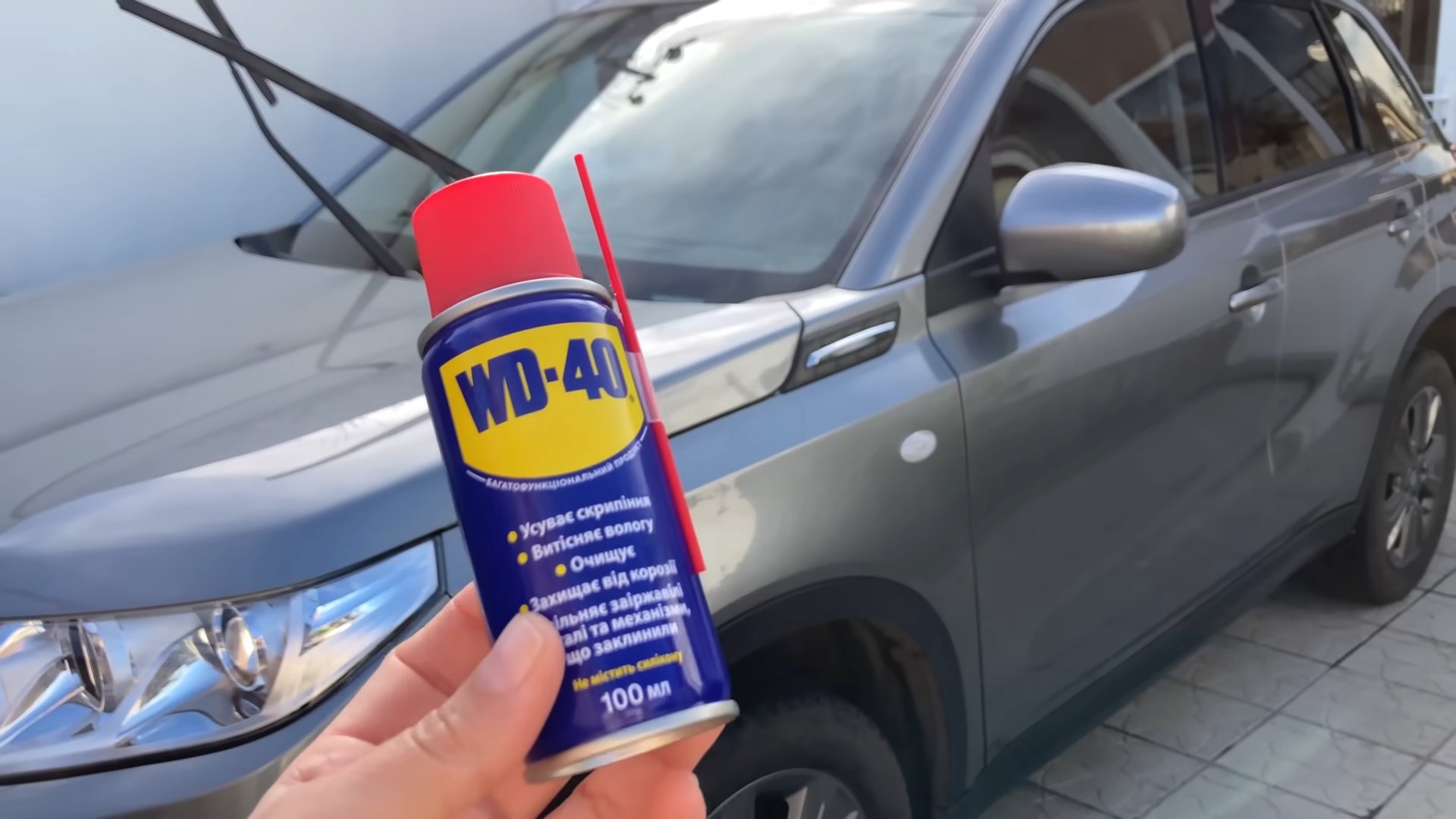
Unlock the Power of WD-40: More Than Just a Lubricant for Your Car!
Hey there, fellow car enthusiasts! We all know WD-40 as that trusty can we grab when something’s squeaking or stuck. But trust me, this stuff is a true multi-tasker when it comes to car care. I’m going to let you in on some amazing WD-40 hacks that will save you time, money, and a whole lot of frustration. Get ready to be amazed!
WD-40: Your Car’s Secret Weapon
Before we dive in, let’s be clear: WD-40 isn’t a replacement for proper maintenance. But it’s a fantastic tool for tackling a variety of common car problems. Here’s a breakdown of what we’ll cover:
* Removing Stubborn Stickers and Residue: Say goodbye to those annoying bumper stickers and sticky messes.
* Cleaning Bug Splatter and Road Tar: Keep your car looking pristine with this easy cleaning solution.
* Protecting Against Rust: A preventative measure that can save you big bucks down the road.
* Loosening Rusted Bolts and Screws: No more struggling with seized fasteners!
* Waterproofing Electrical Components: Keep your car running smoothly in wet weather.
* Cleaning and Protecting Chrome: Make your chrome shine like new.
* Removing Scuff Marks: Erase those unsightly marks from your car’s paint.
* Lubricating Door Hinges and Locks: Silence those squeaks and keep everything moving freely.
Removing Stubborn Stickers and Residue
Ugh, stickers. We’ve all been there. Whether it’s an old parking permit or some leftover adhesive from a dealership decal, removing them can be a real pain. But don’t worry, WD-40 is here to help!
What You’ll Need:
* WD-40
* A clean microfiber cloth
* A plastic scraper (optional, but helpful)
Step-by-Step Instructions:
1. Spray it On: Generously spray the sticker or residue with WD-40. Make sure the area is thoroughly saturated.
2. Let it Soak: This is the key! Let the WD-40 sit for at least 5-10 minutes. This allows it to penetrate the adhesive and break it down. For really stubborn stickers, you might even let it sit for longer, like 30 minutes.
3. Peel or Scrape: After soaking, try peeling the sticker off. If it comes off easily, great! If not, gently use a plastic scraper to lift the edges and work your way underneath. Be careful not to scratch the paint!
4. Wipe Away Residue: Once the sticker is removed, there will likely be some sticky residue left behind. Spray the area again with WD-40 and wipe it clean with a microfiber cloth. You might need to repeat this step a few times to get rid of all the residue.
5. Clean the Area: Finally, clean the area with soap and water to remove any remaining WD-40. This will prevent dirt from sticking to the area.
Cleaning Bug Splatter and Road Tar
Summer road trips are amazing, but they often leave your car covered in bug splatter and road tar. These can be tough to remove with just soap and water, but WD-40 makes it a breeze!
What You’ll Need:
* WD-40
* A clean microfiber cloth
* Car wash soap
* A bucket of water
Step-by-Step Instructions:
1. Spray the Affected Areas: Liberally spray the bug splatter and road tar with WD-40.
2. Let it Sit: Allow the WD-40 to sit for a few minutes (around 3-5 minutes) to loosen the grime.
3. Wipe it Clean: Use a clean microfiber cloth to wipe away the bug splatter and road tar. You’ll be surprised how easily it comes off!
4. Wash Your Car: After removing the grime, wash your car with car wash soap and water to remove any remaining WD-40 and prevent dirt buildup.
Protecting Against Rust
Rust is a car’s worst enemy. It can weaken the metal and lead to costly repairs. WD-40 can help prevent rust from forming, especially in areas prone to moisture.
What You’ll Need:
* WD-40
* A clean microfiber cloth
Step-by-Step Instructions:
1. Identify Rust-Prone Areas: Focus on areas that are exposed to moisture, such as undercarriage, wheel wells, and any areas where the paint is chipped or scratched.
2. Clean the Area: Before applying WD-40, make sure the area is clean and dry. Remove any existing rust with a wire brush if necessary.
3. Apply WD-40: Spray a light coat of WD-40 onto the area.
4. Wipe Away Excess: Use a clean microfiber cloth to wipe away any excess WD-40. You want a thin, even layer.
5. Repeat Regularly: For best results, repeat this process every few months, especially during the winter when roads are salted.
Loosening Rusted Bolts and Screws
Anyone who’s worked on cars knows the frustration of dealing with rusted bolts and screws. They can be incredibly difficult to remove, and you risk stripping the heads if you force them. WD-40 is your best friend in this situation!
What You’ll Need:
* WD-40
* A wrench or socket
* A hammer (optional)
Step-by-Step Instructions:
1. Spray the Bolt/Screw: Generously spray the rusted bolt or screw with WD-40. Make sure it penetrates the threads.
2. Let it Soak: This is crucial! Let the WD-40 soak for at least 15-30 minutes, or even longer for severely rusted fasteners. The longer it soaks, the better it will penetrate and loosen the rust.
3. Tap Gently: After soaking, gently tap the head of the bolt or screw with a hammer. This can help break up the rust and allow the WD-40 to penetrate further.
4. Try to Loosen: Now, try to loosen the bolt or screw with a wrench or socket. Apply steady pressure, and avoid jerking motions.
5. Repeat if Necessary: If the bolt or screw still won’t budge, repeat steps 1-4. You might need to let it soak overnight for really stubborn fasteners.
6. Consider Heat: If WD-40 alone isn’t working, you can try applying heat to the bolt or screw with a heat gun or torch. Be careful not to overheat the surrounding area.
Waterproofing Electrical Components
Moisture can wreak havoc on your car’s electrical system, leading to shorts, corrosion, and other problems. WD-40 can help protect electrical components from moisture.
What You’ll Need:
* WD-40
* A clean microfiber cloth
Important Note: Disconnect the battery before working on any electrical components.
Step-by-Step Instructions:
1. Identify Electrical Connections: Focus on exposed electrical connections, such as spark plug wires, distributor caps, and battery terminals.
2. Spray Lightly: Spray a light coat of WD-40 onto the electrical connections.
3. Wipe Away Excess: Use a clean microfiber cloth to wipe away any excess WD-40. You want a thin, even layer.
4. Reconnect the Battery: Once you’ve finished waterproofing the electrical components, reconnect the battery.
Cleaning and Protecting Chrome
Chrome trim can add a touch of elegance to your car, but it can also be prone to rust and corrosion. WD-40 can help clean and protect your chrome, keeping it looking its best.
What You’ll Need:
* WD-40
* A clean microfiber cloth
Step-by-Step Instructions:
1. Clean the Chrome: Start by cleaning the chrome with soap and water to remove any dirt or grime.
2. Dry Thoroughly: Make sure the chrome is completely dry before applying WD-40.
3. Spray WD-40: Spray a light coat of WD-40 onto the chrome.
4. Wipe and Buff: Use a clean microfiber cloth to wipe and buff the chrome. This will remove any excess WD-40 and leave a protective layer.
Removing Scuff Marks
Scuff marks are inevitable, especially in parking lots. WD-40 can often remove these unsightly marks without damaging your car’s paint.
What You’ll Need:
* WD-40
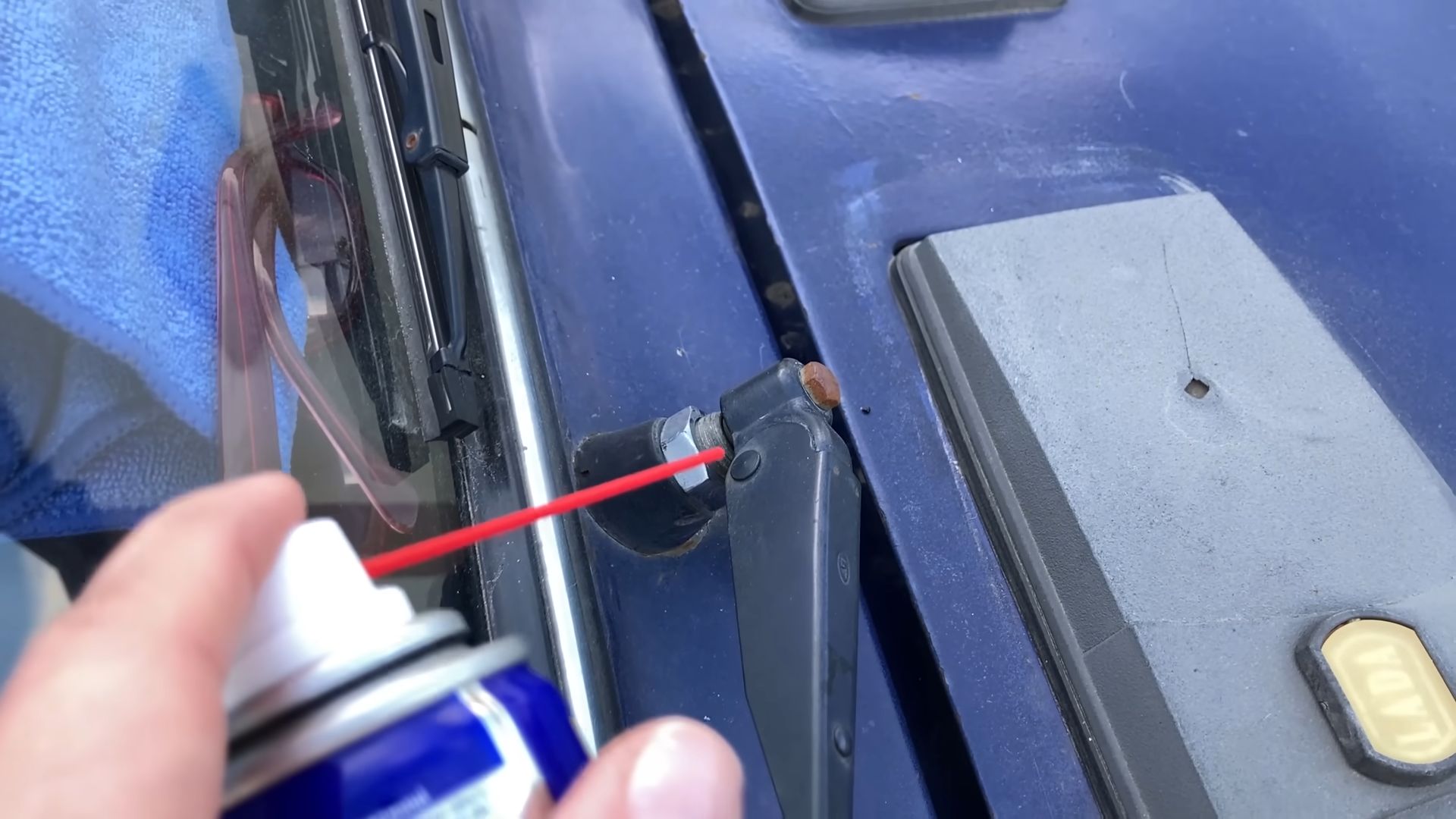
Conclusion
So, there you have it – a treasure trove of WD40 tricks for your car that go far beyond just silencing squeaky hinges. From banishing stubborn tar and road grime to protecting your car’s delicate electrical components, WD40 proves itself to be an indispensable tool for any car owner. It’s not just about saving money on expensive detailing services; it’s about taking pride in maintaining your vehicle and ensuring its longevity.
This isn’t just another cleaning hack; it’s a practical, cost-effective solution to common car care challenges. The versatility of WD40 is truly remarkable. Think about it: you can use it to loosen rusted bolts, prevent corrosion, and even restore the shine to your chrome trim. It’s a multi-purpose marvel that deserves a permanent spot in your garage or trunk.
But the real beauty of these WD40 tricks lies in their simplicity. You don’t need to be a seasoned mechanic to achieve professional-looking results. With just a can of WD40 and a few basic supplies, you can tackle a wide range of car care tasks with confidence.
Why is this a must-try? Because it empowers you to take control of your car’s maintenance, saving you time, money, and the hassle of relying on expensive professionals for minor issues. Plus, the satisfaction of seeing your car looking its best, thanks to your own efforts, is truly rewarding.
Ready to take it to the next level? Consider these variations and suggestions:
* **For stubborn bug splatters:** Let WD40 sit for a few minutes before wiping it away. The longer it sits, the more effectively it will dissolve the residue.
* **For protecting electrical connections:** Apply a light coat of WD40 to battery terminals and spark plug wires to prevent corrosion and ensure optimal performance.
* **For restoring faded plastic trim:** After applying WD40, buff the trim with a clean microfiber cloth to enhance the shine and remove any excess product.
* **Experiment with different application methods:** Try using a small brush to apply WD40 to hard-to-reach areas, or a spray bottle for larger surfaces.
We encourage you to try these WD40 tricks for your car and discover the amazing benefits for yourself. Don’t just take our word for it – experience the difference firsthand.
And most importantly, we want to hear about your experiences! Share your success stories, tips, and variations in the comments below. Let’s create a community of car enthusiasts who are passionate about keeping their vehicles looking and performing their best. Your insights could help others discover new and innovative ways to use WD40 for car care. So, grab a can of WD40, get to work, and let us know what you think! We are confident that you will be amazed by the results. This is a game-changer for DIY car maintenance.
FAQ
What exactly is WD40 and why is it safe to use on my car?
WD40 is a water-displacing spray widely used for lubrication, rust prevention, and cleaning. Its formula is designed to penetrate and loosen stuck parts, displace moisture, and leave a protective coating. While it’s generally safe for most car surfaces, it’s essential to use it correctly. Avoid spraying it directly onto brake rotors or pads, as this can compromise braking performance. Also, be mindful of overspray and wipe it away from areas where it’s not needed. When used as directed, WD40 is a safe and effective tool for various car care tasks.
Can I use WD40 to clean my car’s interior?
While WD40 can be used to remove certain stains and marks from your car’s interior, it’s not recommended as a general-purpose interior cleaner. For surfaces like dashboards, door panels, and seats, it’s best to use dedicated automotive interior cleaners. WD40 can leave a greasy residue, which may attract dust and dirt. However, it can be effective for removing stubborn scuff marks or adhesive residue from hard plastic surfaces. Always test it in an inconspicuous area first to ensure it doesn’t damage or discolor the material.
Will WD40 damage my car’s paint?
WD40 is generally safe for use on car paint when applied and removed properly. However, prolonged exposure or excessive application can potentially soften or dull the paint’s finish. It’s crucial to avoid letting WD40 sit on the paint for extended periods. Apply it sparingly and wipe it away with a clean microfiber cloth as soon as you’ve achieved the desired result. If you’re concerned about potential damage, test it in a small, hidden area first. For regular car washing and paint protection, use dedicated automotive cleaning products and waxes.
How often should I use WD40 on my car?
The frequency of WD40 application depends on the specific task and the environmental conditions. For rust prevention, applying WD40 every few months or after washing your car can help protect metal surfaces from corrosion. For lubricating hinges and locks, apply it as needed when you notice squeaking or stiffness. When using it to remove tar or bug splatters, apply it only when necessary. Avoid overusing WD40, as excessive application can lead to a buildup of residue.
Is WD40 a substitute for professional car detailing?
While WD40 can be a helpful tool for various car care tasks, it’s not a substitute for professional car detailing. Professional detailers have specialized equipment, products, and expertise to thoroughly clean, polish, and protect your car’s interior and exterior. WD40 can be a valuable addition to your DIY car care routine, but it’s best used for specific tasks like removing stubborn stains, lubricating moving parts, and preventing rust. For a comprehensive and long-lasting clean, consider investing in professional detailing services.
Can WD40 help with removing scratches from my car?
WD40 can temporarily minimize the appearance of minor scratches by filling them in and adding a layer of shine. However, it doesn’t actually remove or repair the scratches. The effect is temporary and will fade over time. For more effective scratch removal, consider using dedicated scratch removal products or seeking professional paint correction services. These methods involve polishing the paint to remove the scratches or applying touch-up paint to fill them in.
What are the safety precautions I should take when using WD40?
When using WD40, it’s essential to take certain safety precautions to protect yourself and your car. Work in a well-ventilated area to avoid inhaling the fumes. Wear gloves to prevent skin irritation. Avoid spraying WD40 near open flames or heat sources, as it is flammable. Keep it out of reach of children and pets. If WD40 comes into contact with your eyes, rinse them thoroughly with water and seek medical attention if necessary. Always read and follow the manufacturer’s instructions on the can.

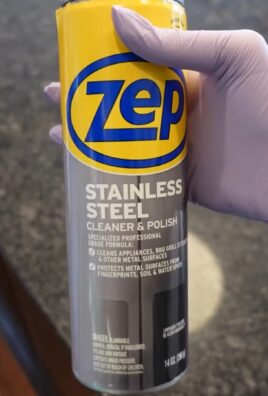
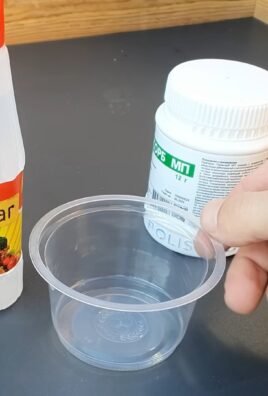
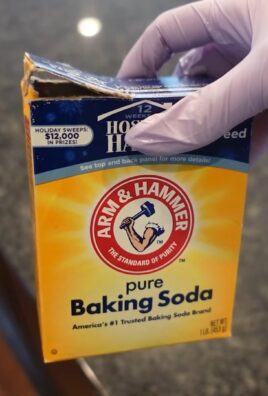
Leave a Comment